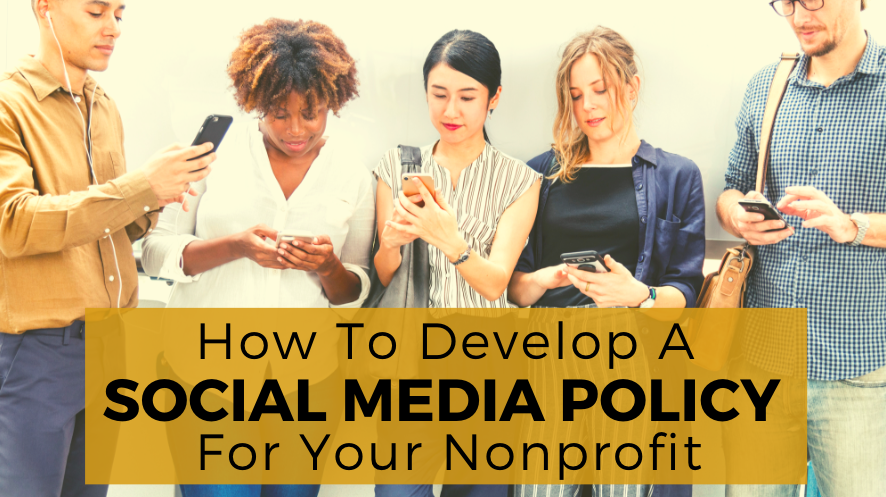

Smart organizations recognize that people are going to talk about them in any case, and that the best they can do is try to manage the effect.
The strongest course of action may very well be to meet their constituents on the common ground of social networking sites and in the blogs, responding with calm facts to any misunderstandings and misinformation, answering questions, resolving problems (or at least showing a willingness to listen), and on occasion defusing an
unwarranted attack in much the same way as an experienced comedian will disarm the hecklers in a night-club crowd. (No wonder there are so many American politicians and US Government staffers on Twitter!)
That’s a tall order, however — simply listening in on the worldwide conversation around your issue can demand a significant time investment — and very few small nonprofits with a limited budget can afford to designate a staff member to handle the job, on top of their regular duties.
So the social media strategy of many nonprofits, by necessity, still consists of an ad hoc arrangement where a number of staff people or volunteers will tag-team to cover the major listening posts and respond to comments and questions to the best of their ability.
Maggie: One way to minimize the risk associated with “a number of staff people or
volunteers” is to limit the number of people with admin rights … to the Facebook page and Twitter account; anyone else on staff who wants to post goes through one of these people.
Don Peterson: Common sense ought to prevail here. Of course, anything off topic and not related directly to an org’s mission should stay private….
Beth Dunn: If you haven’t hired people you can trust to behave like responsible adults, then there is a deeper problem.
Is an Internet-usage policy even needed, if you know your people and trust their common sense, or does instituting such a policy show a lack of faith in their intelligence, honesty, and skills? Some have suggested it’s a possible abridgement of free-speech rights, especially for employees who were hired into their positions before the policy is introduced. It’s a lively debate — and here’s some more food for
thought:
A great many of the people who speak for nonprofits on social media websites, “officially” or otherwise, are very capable indeed — make no mistake about it — but both the individual and the organization are in an inherently risky place without a social media policy to act as a guide for all concerned.
How many social media policies have been hastily developed in reaction to an unfortunate blog post or a hasty comment? The Internet never forgets — and by the time a writer has a chance for cool second thoughts, the words have been archived in the labyrinth of search engine indexes and syndicated RSS feeds. Better to be proactive in developing a social media policy, even if you never are called upon to
pull it out and quote it. Most people will perform with greater confidence and skill, in
an unfamiliar space, when the expectations for their performance are made clear.
But what should those guidelines look like? Can you ask your volunteers to adhere to exactly the same social media policy as you require of your staff? How do you draw a line between the public Internet persona and the personal voice?
Fortunately, developing a nonprofit social media policy need not be a daunting task, perhaps even more manageable for a small nonprofit with a limited number of staff,
and only a few people who will represent the organization online in a official capacity, than for a larger organization. Social networking is, at heart, no more than PR 2.0, and a careful reworking of any existing public relations or media
policy should set your organization on a solid basis.
If you have no public communications policy in place on which to build, however, it
might be helpful to look at a few samples of social media policies from a variety of organizations, such as these:

Your nonprofit’s social media policy will likely depend on what social media strategy you’ve established and what you’re trying to achieve with your social media presence. While every organization’s social media policy will differ, there are a few things you should keep in mind while creating yours. Here are some of the things you might want to include:
What are your own tips, advice, experience, or other useful resources towards a nonprofit policy for social networking? If your organization has made its social media guidelines available online, please do leave a link in the comments.